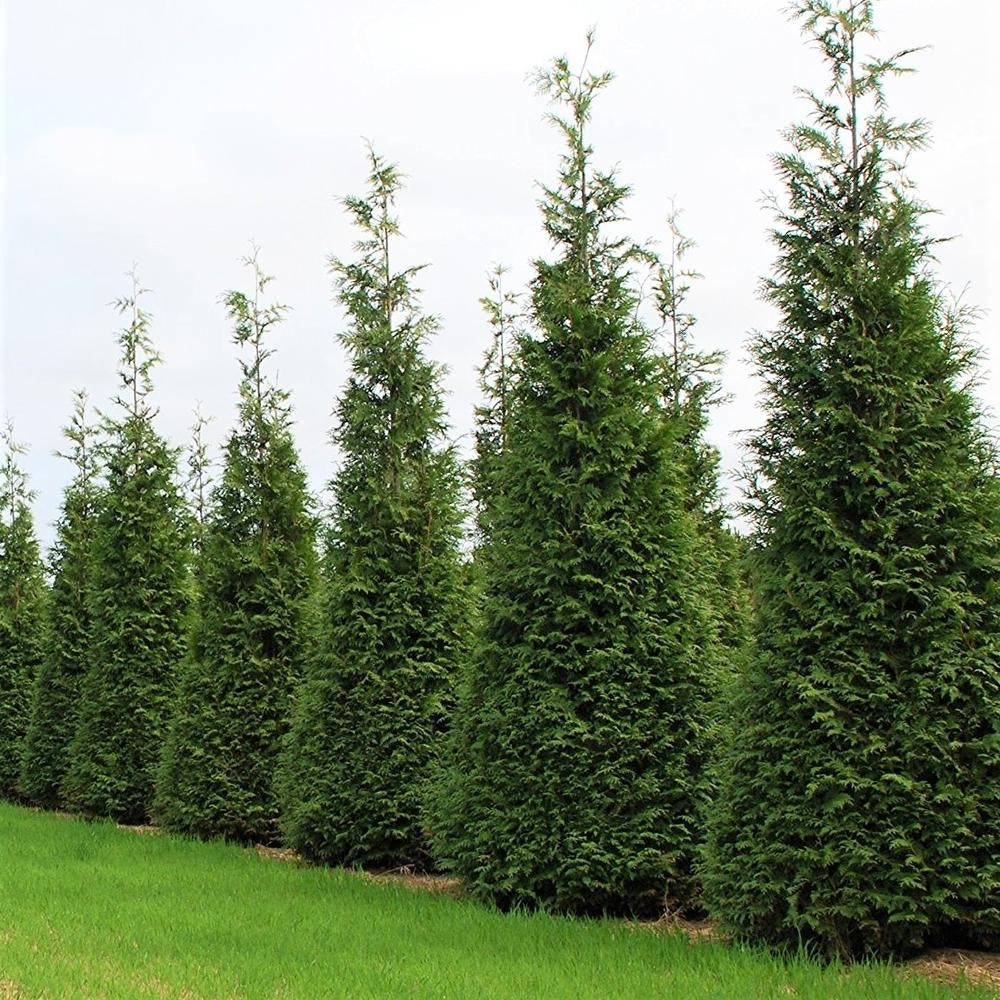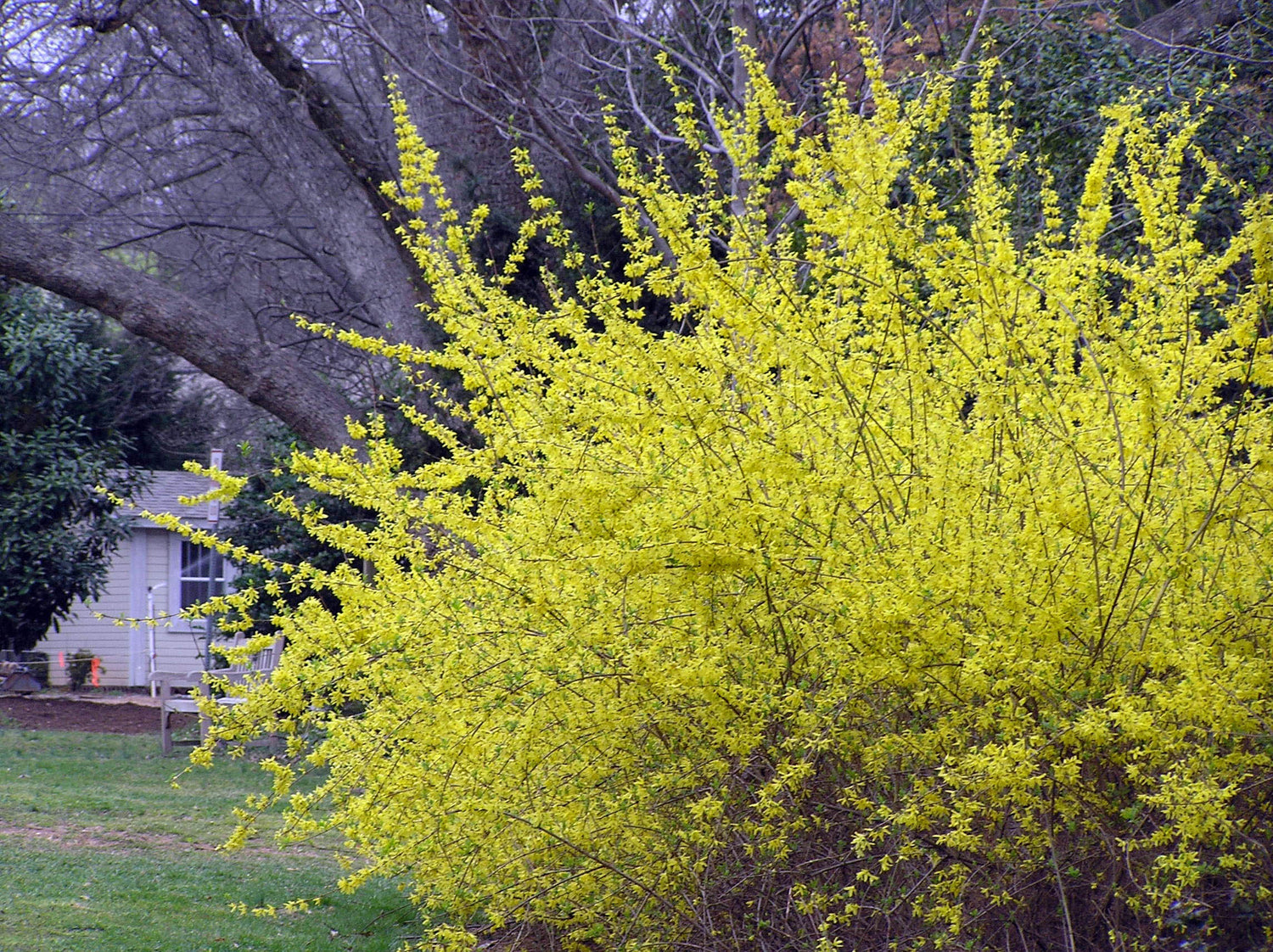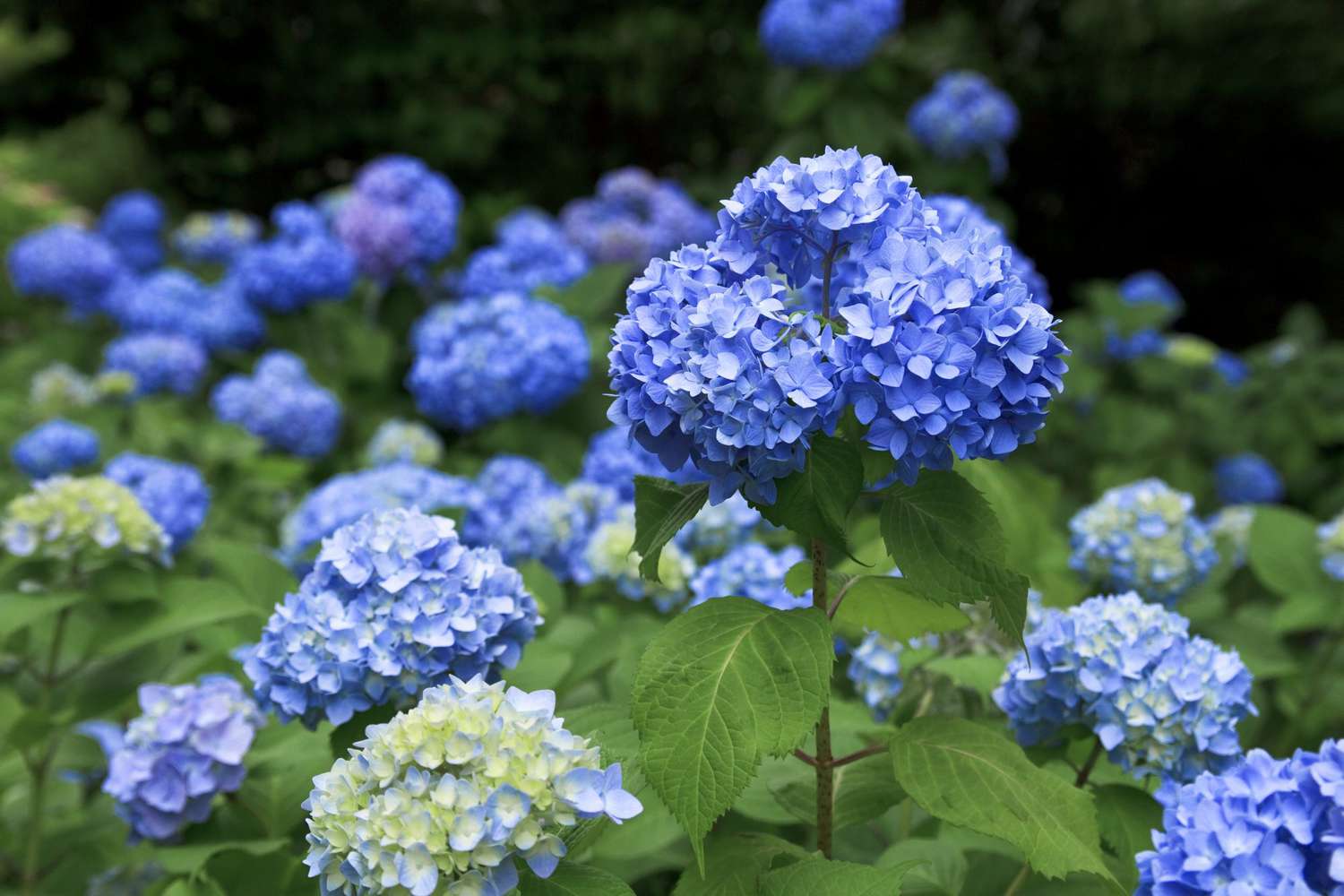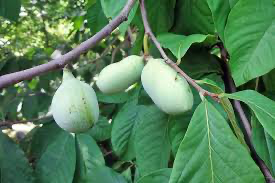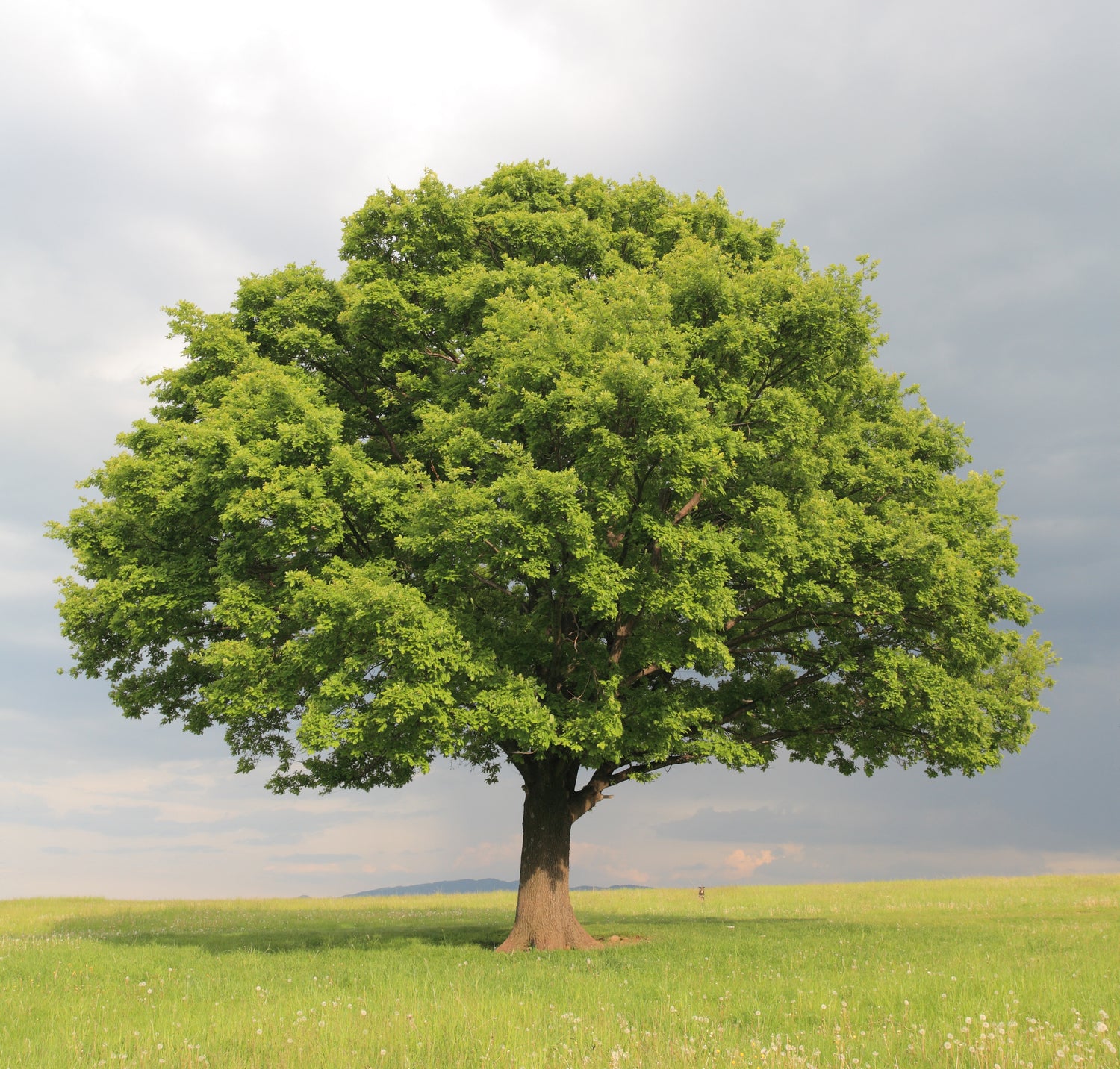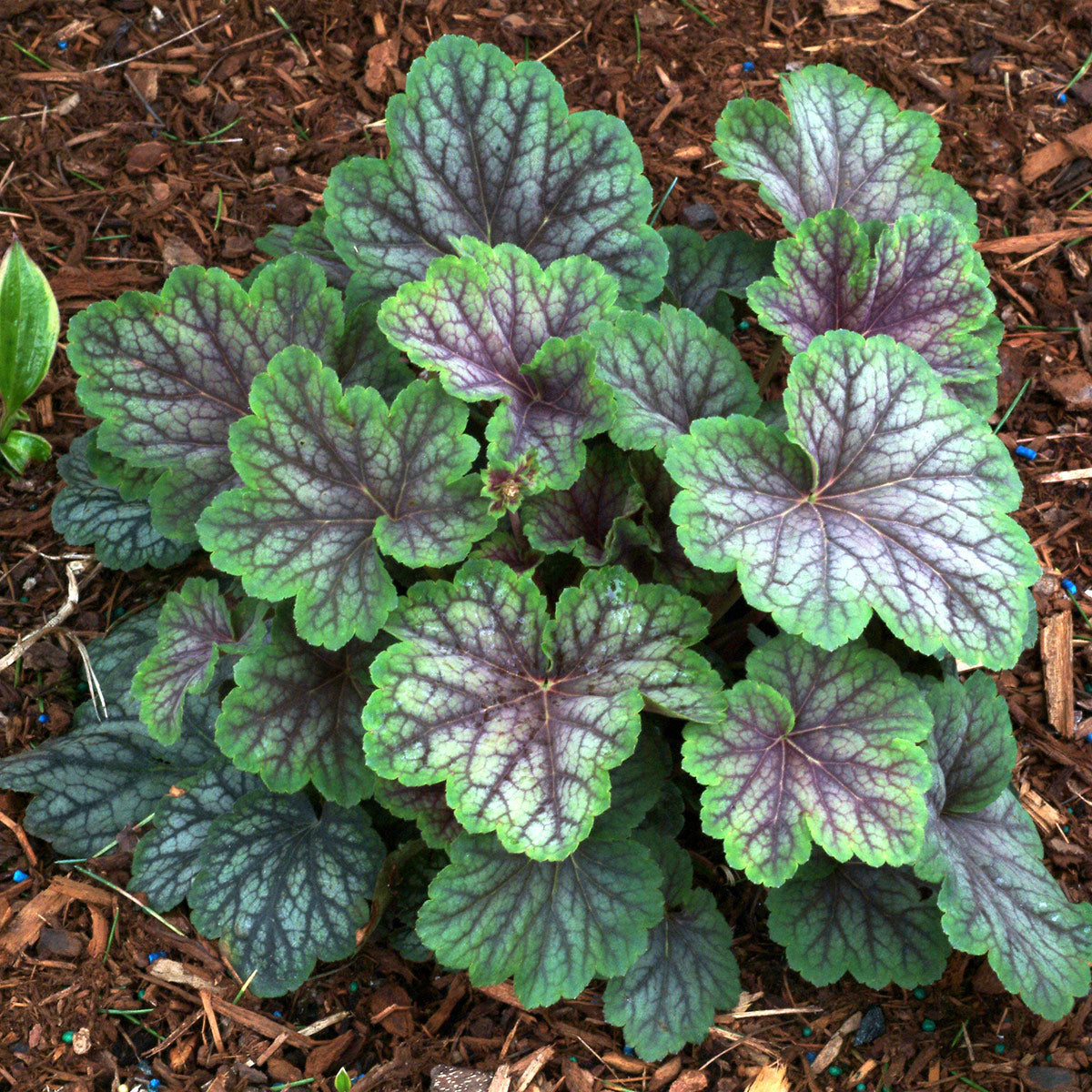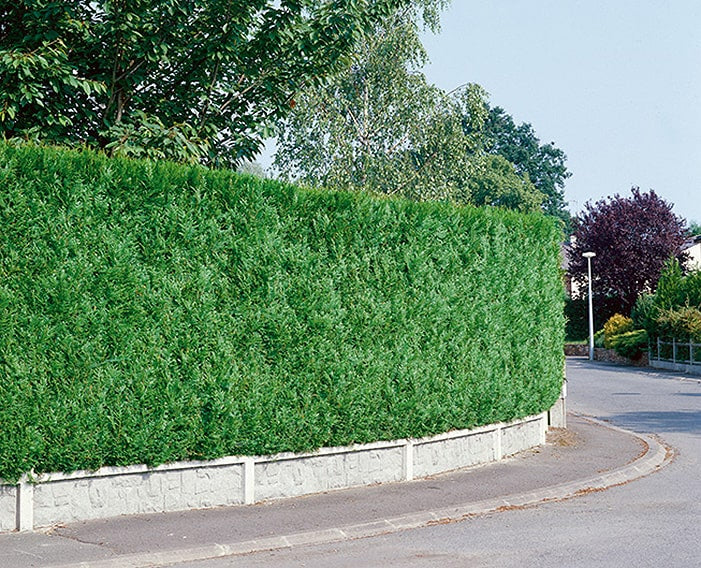Hydrangeas are beloved flowering shrubs known for their beautiful blooms and vibrant colors. However, like any plant, hydrangeas can face insect problems that can affect their health and appearance. In this article, we will explore common insect issues that can impact hydrangeas and provide you with practical solutions to effectively manage and mitigate these problems. With the right knowledge and proactive measures, you can ensure your hydrangeas stay healthy and thriving.

- Aphids: Aphids are tiny, soft-bodied insects that cluster on the undersides of leaves and stems, sucking the sap from the plant. To control aphids on your hydrangeas, you can:
- Spray a strong stream of water to dislodge them from the plant.
- Introduce beneficial insects like ladybugs, lacewings, or parasitic wasps that feed on aphids.
- Apply insecticidal soap or horticultural oil following the product instructions.
- Spider Mites: Spider mites are tiny pests that suck the sap from hydrangea leaves, causing discoloration and webbing. To combat spider mites:
- Increase humidity around the plant by misting or placing a tray of water nearby.
- Spray a strong stream of water to wash off the mites.
- Apply insecticidal soap or horticultural oil specifically labeled for spider mite control.
- Scale Insects: Scale insects appear as small, oval-shaped bumps on hydrangea stems and leaves. They feed on plant sap and can cause leaf yellowing, stunted growth, and plant decline. To tackle scale insects:
- Scrape off scales using a soft brush or your fingernail.
- Apply horticultural oil during the dormant season to suffocate and control the scales.
- Introduce natural predators like ladybugs or parasitic wasps to keep scale populations in check.
- Japanese Beetles: Japanese beetles can devour hydrangea leaves and flowers, causing significant damage. To manage Japanese beetles:
- Handpick them off the plant early in the morning when they are less active.
- Apply organic insecticides labeled for Japanese beetle control, following the instructions carefully.
- Use physical barriers like floating row covers to protect vulnerable plants during peak beetle activity.
- Caterpillars: Caterpillars can chew on hydrangea foliage, leading to unsightly holes and damage. To address caterpillar infestations:
- Inspect the plant regularly and manually remove caterpillars when spotted.
- Apply Bacillus thuringiensis (Bt) products, a natural bacteria that targets and kills caterpillars while being safe for beneficial insects.
Conclusion: By being aware of common insect problems and taking proactive steps to manage them, you can keep your hydrangeas healthy and free from severe damage. Regular monitoring, early intervention, and utilizing natural and organic control methods will help preserve the beauty and vitality of your hydrangea plants. Remember to always follow product instructions and prioritize environmentally friendly solutions for long-term plant health. With proper care and attention, your hydrangeas will flourish and delight you with their stunning blooms year after year.

